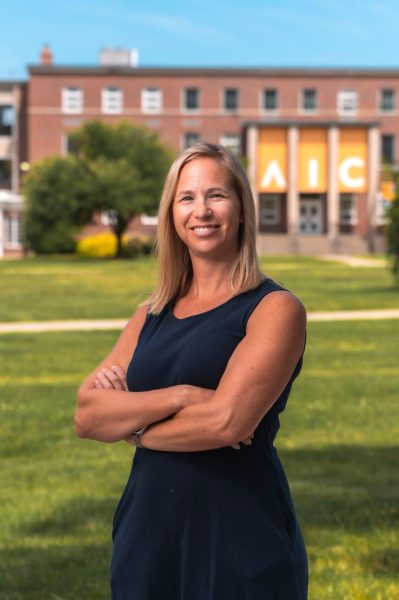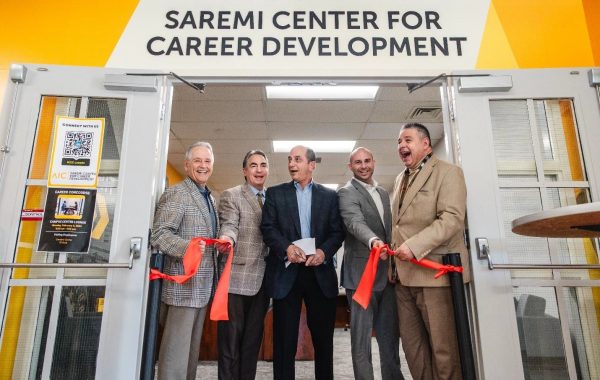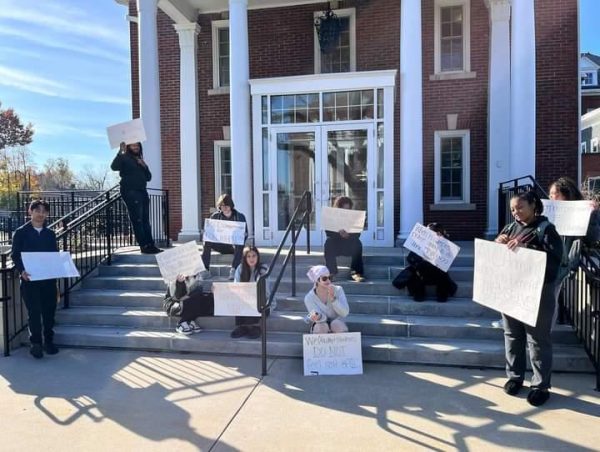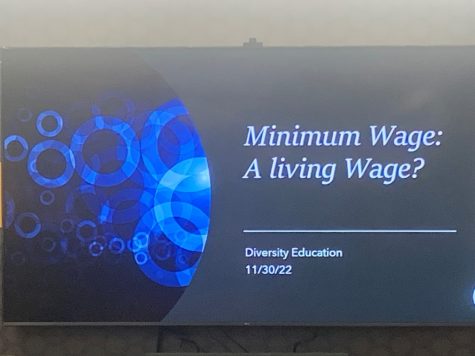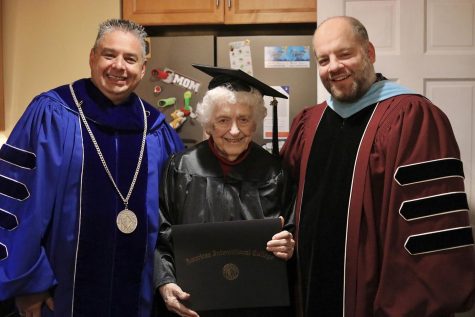College Athletes Are Talking Union
April 3, 2014
On March 26, Peter Sung Ohr, Regional Director for the National Labor Relations Board in Region 13, issued his ruling in a case between Northwestern University and the school’s football team as represented by the College Athletes Players Association, and the ruling has the potential to change the economic landscape of major college athletics entirely.
Ohr sided with the athletes in his decision, ruling that they are contracted employees of the school, and thus have a right to ask for union representation in bargaining for the terms of their employment.
He stated in his ruling that, contrary to the NCAA position that all college athletes are mainly students—the idea of the “student-athlete”—that instead the primary focus is their athletics, that all told Northwestern football players dedicate more than 40 hours per week to football and only roughly 20 to academics.
In ruling this way, Ohr opened up the possibility for football players at Northwestern—and at any private university with a Division I program—to unionize and collectively bargain for terms of employment, something the CAPA intends to do.
The issues that the CAPA wish to bargain with involve more than the over-simplified idea that athletes should be directly paid for their efforts. They focus on player safety, such as establishing uniform concussion protocols and guaranteed medical coverage for former athletes who are injured while playing, on actually improving academics by creating a trust fund to help former athletes finish degrees, and providing due process protections for athletes accused of rules violations.
In terms of compensation, what the CAPA is interested in is licensing money. Presently, athletes are not allowed to use their own likeness or signature to make money, but the colleges, conferences, and NCAA are, and that is a cash cow for institutions—television contracts for the power football conferences as well as for the Division I basketball tournament are worth hundreds of millions of dollars every year, which the athletes contend they deserve a share of.
But most important of all to the CAPA is simply a seat at the table. They argue that athletes are not at all represented in discussions about these issues and that by unionizing, they can force the NCAA to include them or make changes more swiftly.
“If they create a union, it would be bucking a long term trend. Organized labor has been in decline for decades; in the private sector, it’s down to something like 7%,” said Dr. Gary Jones, a history professor and labor rights expert at AIC. “If it were to catch on among college football players, for organized labor it would be a bright spot in what has been a dark and cloudy horizon for a long time.”
Not all athletes are impacted by this ruling. Ohr specifically laid out that only scholarship athletes are considered employees since they are the ones who are under contract, and it seems further that only revenue-generating sports come under the auspices of this ruling.
That, says AIC Athletic Director Rich Bedard, means the ruling does not apply to this college at all.
“I really think we truly have student-athletes here. The arguments being made for Division I athletes, whatever their merits, do not apply to Division II. There’s no revenue being generated and it’s really about student-athletes.”
Certainly, AIC is ahead of the curve when it comes to academic success for athletes. Every fall, the students go through an “academic camp,” designed to help improve study habits, and the school boasts a high level of membership in their 3.0 Scholar Athlete Club, which rewards athletes who achieve high grades.
A huge number of athletes make this list every year, and the school regularly is near the top of both the Northeast-10 Conference’s and Atlantic Hockey Association’s leaderboard in selections to conference all-academic teams; in fact, in the past six years, the hockey team, the school’s lone Division I sport, has earned the AHA’s Scholar Athlete of the Year, awarded for the top GPA in the conference, five times.
Additionally, one of AIC’s head coaches—Chrissy Needham of the field hockey team—also does double duty as a professor, teaching several mathematics courses.
In that sense, AIC is a model for what the NCAA touts that college athletics should be; perhaps if the Division I programs treated academics with the same seriousness AIC does, some of these issues would have been alleviated without the need for a lawsuit.
However, the likelihood is that some of the changes made for Division I football players will trickle down to other athletes anyway—certainly improved concussion protocols can benefit everyone, as can a more general focus on academic success.
Northwestern does plan to appeal the ruling, and it seems likely that this case will make it all the way to the Supreme Court of the United States. Whatever effects this case will have legally and socially may not actually come into focus for a few more years.
“Given how important sport is, not only culturally but economically, we’ll have to see [how this unfolds] as the weeks and months go by,” Jones concluded.




